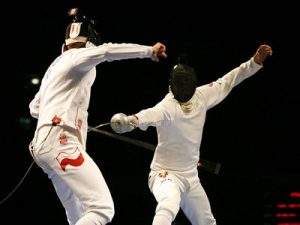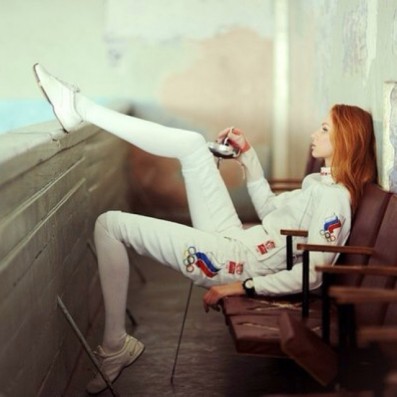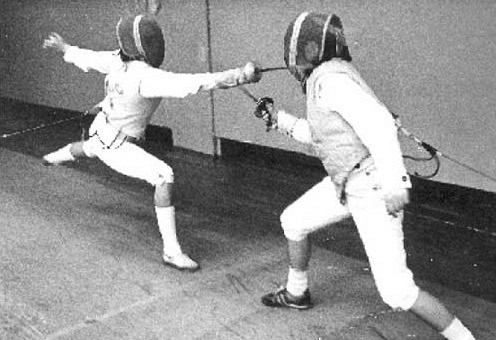surprised many
FENCING. DESCRIPTION, RULES, HISTORY
 Fencing is a sport that combines three disciplines: rapier, sword, saber.
Fencing is a sport that combines three disciplines: rapier, sword, saber.
Competitions in men are held in three types of weapons – rapier, saber, sword, in women – rapier and sword. Touching the opponent’s surface with a weapon is determined by the judge and with the help of an electrofixer.
Sports rapier with a total length of up to 110 cm and weighing up to 500 g, the hand is protected by a round guard with a diameter of 12 cm.
A sports saber up to 105 cm long, weighing up to 500 g, a steel elastic blade of a trapezoidal variable section with a guard protecting the hand. Continue reading
Differences between Sports and Stage Fencing
 The main difference between sports and stage fencing is that in sports fencing, the result is a victory in a duel, and in stage fencing, an assessment of the audience. This defines the different tasks that stage and sports fencing is designed to solve.
The main difference between sports and stage fencing is that in sports fencing, the result is a victory in a duel, and in stage fencing, an assessment of the audience. This defines the different tasks that stage and sports fencing is designed to solve.
The task of stage fencing is to teach future actors to conduct a believable, aesthetically verified, expressive duel, filling it with sculptural positions and scenically spectacular movements. The task of sports fencing is the formation of the athlete’s technical and tactical skills, general physical and psychological qualities that allow him to prevail over rivals in fights. Continue reading
Swords naked, nobles: 7 reasons to engage in fencing in 2019
 Frenchwoman Jeanne Kalman began fencing at the age of 85 and as a result she lived for 122 years and 164 days! While you are considering whether to follow her example, we have selected several more reasons why fencing is so popular all over the world (136 countries are members of the International Fencing Federation).
Frenchwoman Jeanne Kalman began fencing at the age of 85 and as a result she lived for 122 years and 164 days! While you are considering whether to follow her example, we have selected several more reasons why fencing is so popular all over the world (136 countries are members of the International Fencing Federation).
7 reasons to do fencing
1. Fencing improves coordination
Sitting for weeks in the office, you are doomed to become more and more clumsy: an awkward elbow movement – and now a pile of papers is flying off the table … Balancing on a 14-meter metal path only one and a half meters wide while practicing fencing (studying various fencing positions), you quickly wean the body from such embarrassments. Continue reading




